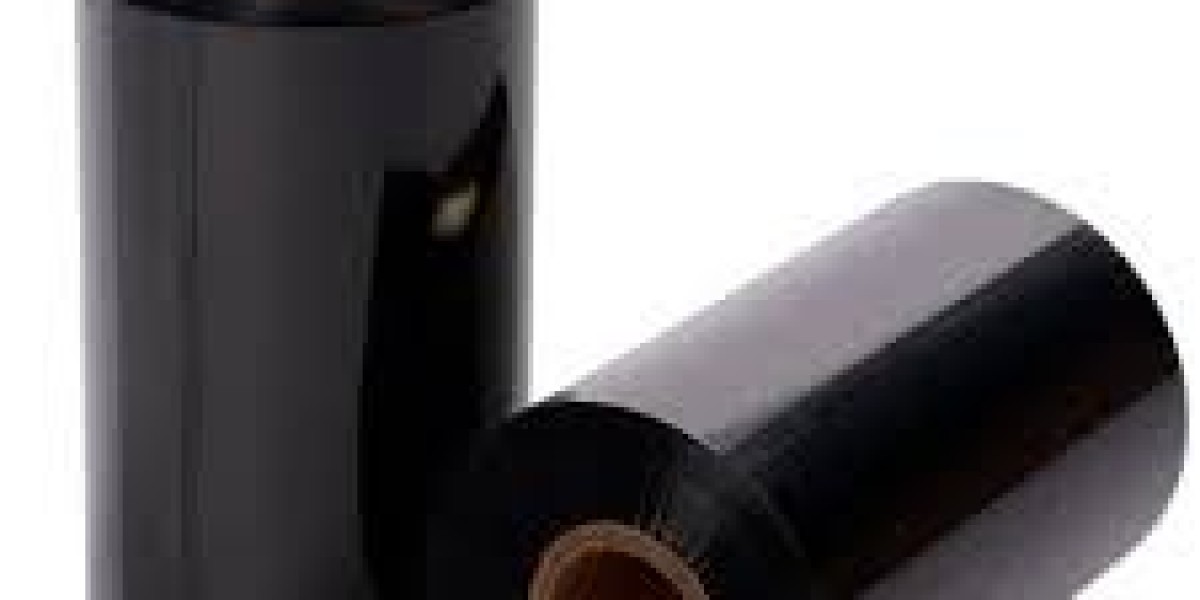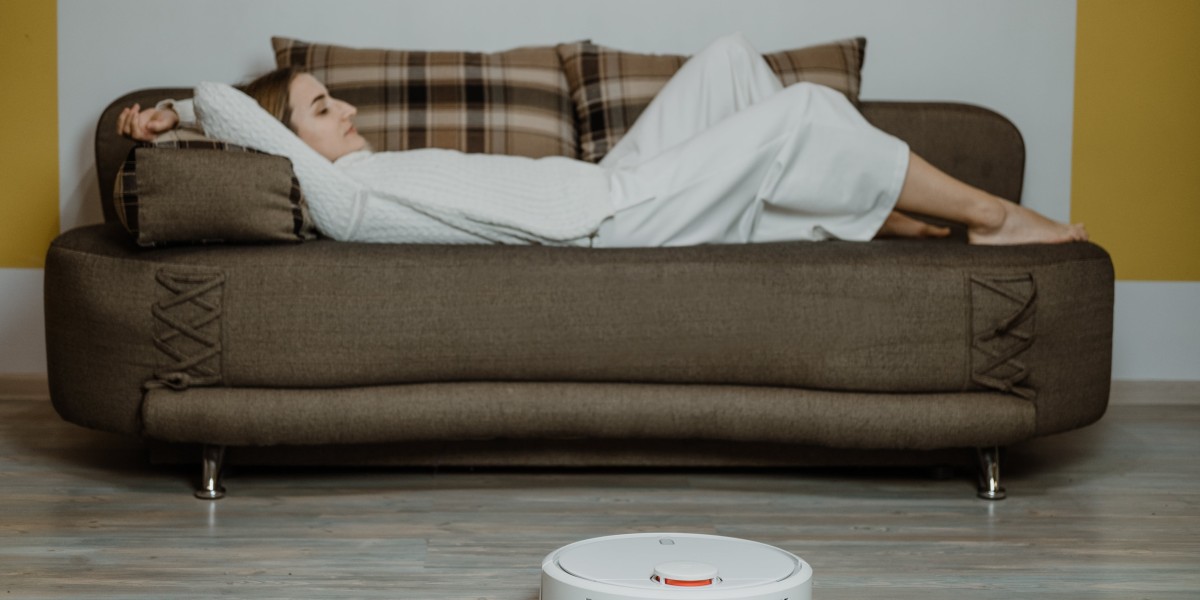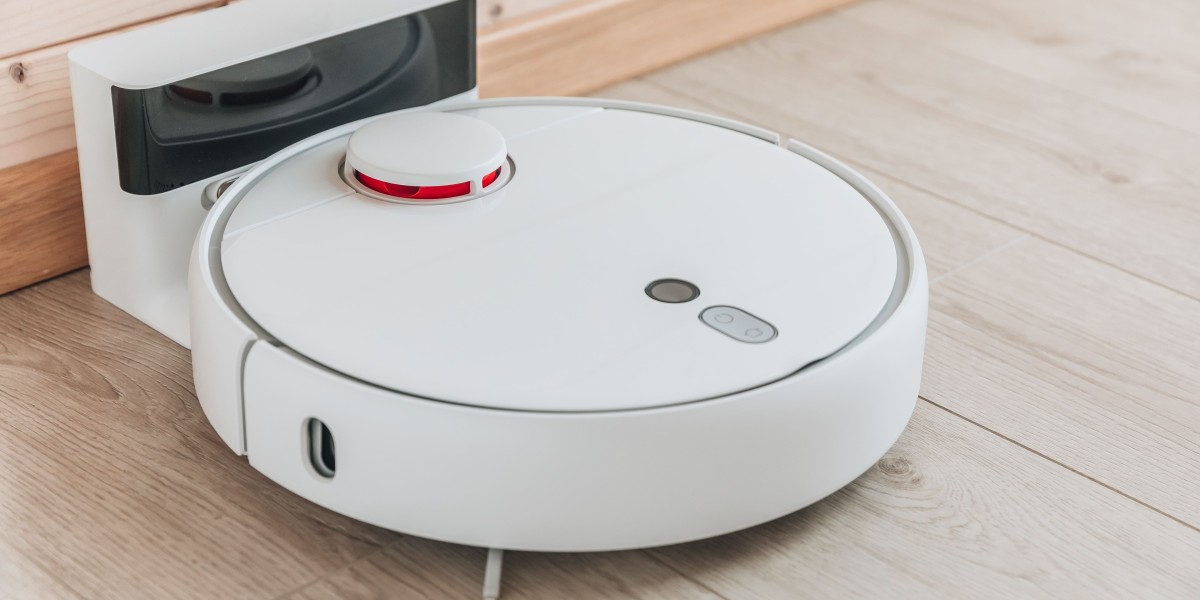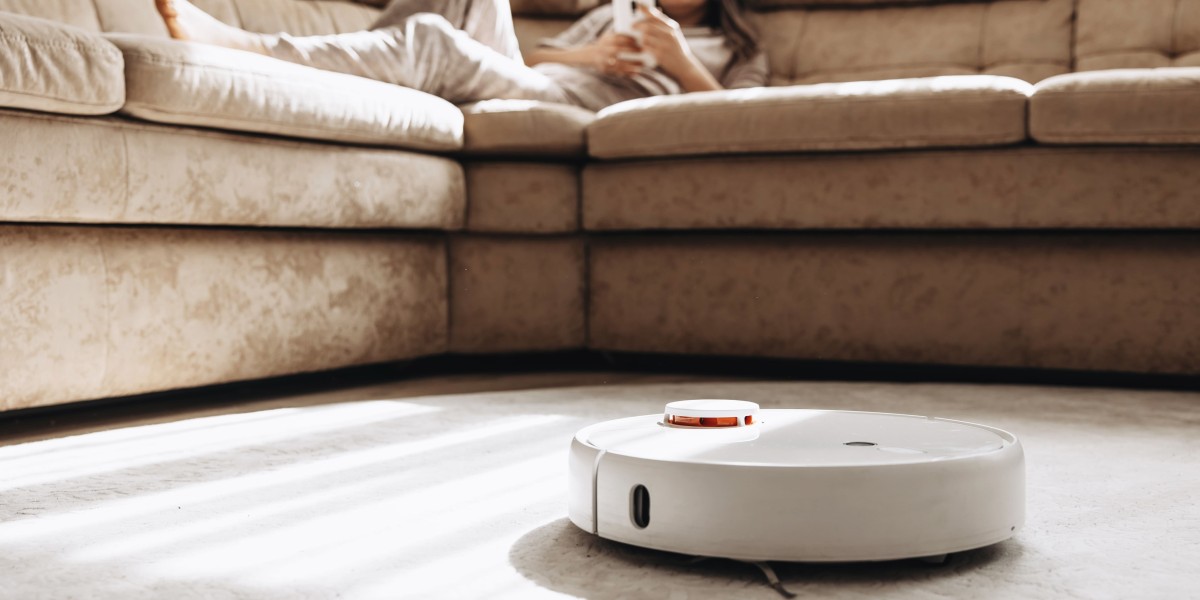In the textile and apparel industries, durability and clarity in product labeling are not just helpful—they're essential. One critical component in achieving long-lasting, scannable labels that endure harsh environments is the Washcare barcode ribbon. Designed specifically for printing labels that survive laundering, dry cleaning, heat exposure, and abrasion, these ribbons play a crucial role in both brand identity and product traceability.
What is a Washcare Barcode Ribbon?
A washcare barcode ribbon is a type of thermal transfer ribbon specifically engineered for printing on materials that must withstand repeated washing or industrial cleaning processes. Unlike standard barcode ribbons, which may fade or smear over time, washcare ribbons produce permanent prints that bond with the label substrate—most commonly used on satin, nylon taffeta, and polyester fabric labels.
They are predominantly used in thermal transfer printers and are matched with specific label materials to ensure optimal adhesion, legibility, and longevity of the printed content. This includes care instructions, brand logos, product details, and barcodes.
Key Features
High Resistance to Washing and Chemicals
Washcare ribbons are designed to withstand domestic and industrial laundering, including:Boiling water
Detergents and fabric softeners
Bleaching agents
Dry cleaning solvents
Exceptional Print Durability
Once printed, the image or barcode remains intact through:High-speed industrial washes
Tumble drying and ironing
Long-term wear and tear
Sharp, High-Definition Print Quality
These ribbons ensure crisp barcode printing, which is vital for:Easy scanning
Clear brand presentation
Compliance with industry standards
Compatible with a Variety of Fabrics
Ideal for printing on:Satin labels (used in high-end fashion)
Nylon taffeta (widely used in outerwear)
Polyester labels (common in sportswear and industrial uniforms)
Types of Washcare Ribbons
Washcare ribbons come in different types based on the composition of the ink and the durability requirements:
1. Resin Ribbons
The most common type used for washcare applications. These ribbons offer excellent resistance to washing, chemicals, and heat. They are ideal for printing on synthetic fabrics and high-durability labels.
2. Resin-Enhanced Wax Ribbons
Although not as durable as pure resin ribbons, they are sometimes used in environments where moderate wash resistance is acceptable and cost-efficiency is prioritized.
Applications of Washcare Barcode Ribbons
Washcare barcode ribbons are indispensable across various sectors:
Textile & Apparel Industry: For labels that show brand logos, care instructions, size details, and barcodes.
Healthcare Textiles: In hospitals and clinics, where bedding and uniforms are laundered frequently.
Industrial Uniforms: For durable identification that can survive industrial laundering.
Luxury Fashion: Where both aesthetics and durability are non-negotiable.
Choosing the Right Washcare Ribbon
When selecting a washcare barcode ribbon, consider the following:
Label Material: Ensure compatibility between the ribbon and the fabric label.
Washing Requirements: Will the product be dry-cleaned or industrially washed?
Printer Compatibility: Always verify the ribbon type (e.g., flat-head or near-edge) matches your thermal transfer printer.
Regulatory Requirements: Labels must meet standards for consumer safety and durability, especially for exports.
Advantages of Using Washcare Barcode Ribbons
Improved Brand Image: Clean, legible labels enhance perceived quality.
Regulatory Compliance: Proper washcare labeling is often a legal requirement.
Reduced Returns and Complaints: Durable care instructions minimize the risk of garment damage due to improper washing.
Enhanced Traceability: Barcodes that withstand laundering help in supply chain tracking and inventory control.
Sustainability Considerations
Eco-conscious brands are increasingly looking for sustainable alternatives in labeling. Some washcare ribbons are now designed with low-solvent formulations and biodegradable substrates to minimize environmental impact without compromising on durability.
Final Thoughts
Washcare barcode ribbons may seem like a small component in the textile manufacturing process, but they serve a big purpose. From preserving brand identity to ensuring customer satisfaction and regulatory compliance, the right ribbon ensures your labels last as long as your garments do.







